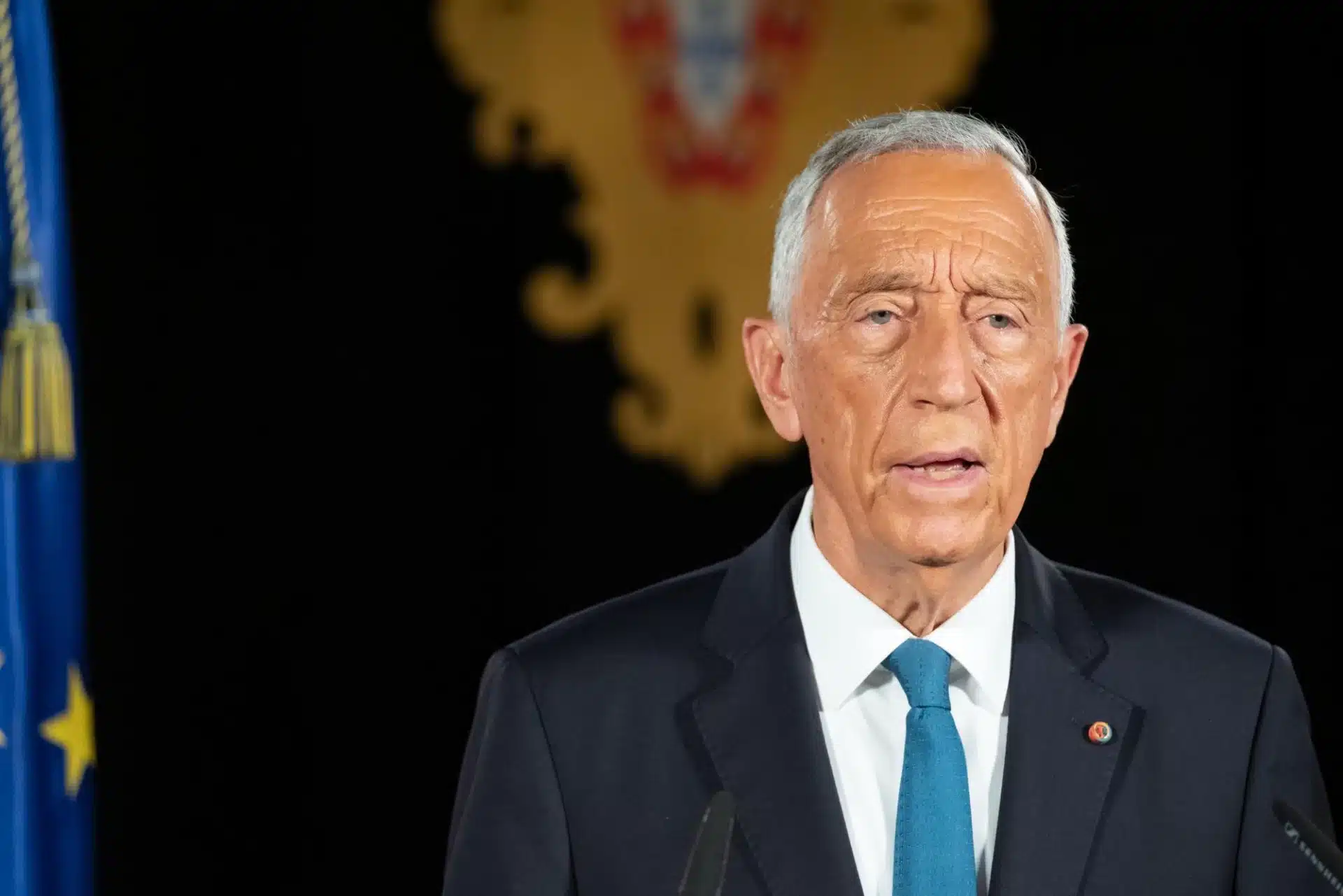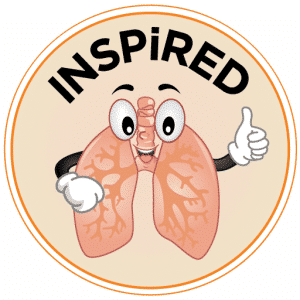INSPiRED Congress Highlights, July , Porto:
The 2nd Congress of the International Society of Pediatric Respiratory Diseases
July 4 th -7 th , Sheraton Hotel , Porto
Renato T. Stein, MD, MPH, PhD
Pontifícia Universidade Católica do Rio Grande do Sul
Porto Alegre, Brazil
In the past years we have been seen several quite important advancements in both the
understanding of disease mechanisms and new ways of treatment and prevention that will
completely change the way we manage respiratory diseases in children.
Take for instance what has happened with the understanding of asthma/ wheeze phenotypes (1). (2)It is now very clear that most children who wheeze in the pre-school years will not go on to develop persistent or severe asthma later in life. Also, for the great majority of children the impact of this early, recurrent wheeze phenotype is minimal in loss of lung function and not at all associated with the development of atopy. In this sense it is essential to note that most of these children under the age of 5-6 years will not benefit from either rescue oral steroid treatment or preventive inhaled steroids. Children with an atopic background and/or a family history of asthma are the ones most likely to benefit from these strategies. Interestingly, a few children in mostly, atopic phenotype, will go on to develop severe, steroid not-responding asthma. In the past decade we have seen the approval of biologicals to be used in children(3). Most children with severe asthma demonstrate a type 2 inflammatory phenotype, the primary target of currently approved biologics. Omalizumab, mepolizumab, and duplilumab are approved for children as young as 6 years, whereas benralizumab and tezepelumab are approved for adolescents older than 12 years. All these agents reduce the rates of severe asthma exacerbations.
It is well known that the burden of RSV-associated severe illness is quite significant in all
countries, with hospitals overwhelmed by the number of infants admitted every winter. (4)The prevention of severe bronchiolitis caused by the Respiratory Syncytial Virus (RSV) has always lacked an efficient intervention. In the past year we have seen a fascinating advance with the approval of a maternal vaccine to prevent severe disease in the first year of life and RSV-specific monoclonal antibodies to be used for all infants, independent of associated risk factors. (5)The results of the original trials and the subsequent, real-life interventions give us the hope that these new interventions will have a great impact in disease prevention.
Another key advancement is in the field of Cystic Fibrosis, with the introduction of life-
changing therapies with huge impact in life-expectancy and quality of life outcomes for these patients. Highly effective modulator therapy provides unprecedented clinical benefits for over 90% of patients with cystic fibrosis who are genetically eligible for treatment. (6)This is the dawn of a new era for these patients and the physicians caring for them!
All these new recent advances and many other topics of high interest for
pediatricians, pediatric pulmonologists, and allergists will be reviewed by over 25
speakers, leaders in their fields, in the newly established International Society of
Pediatric Respiratory Diseases (INSPiRED) which will take place from July 4 th through
7 th in the beautiful city of Porto.
Join us at this integrative congress and register to the congress through the link
here.
Benefit from a special rate for Portuguese and Spanish delegates and companies.
Exhibition: Few available spaces left! Contact the organisers here and join market
leaders such as Pfizer, OM Pharma, Vertex, Sanofi , Boehringer Ingelheim, and more.
1. Oksel C, Granell R, Haider S, et al. Distinguishing wheezing phenotypes from infancy to
adolescence. A pooled analysis of five birth cohorts. Annals of the American Thoracic
Society 2019; 16(7): 868-76.
2. Belgrave DC, Custovic A, Simpson A. Characterizing wheeze phenotypes to identify
endotypes of childhood asthma, and the implications for future management. Expert
review of clinical immunology 2013; 9(10): 921-36
3. Bacharier LB, MD, Jackson DM. Biologics in the treatment of asthma in children and
adolescents. J Allergy Clin Immunol 2023; 151:581-9
4. Li Y, Wang X, Blau DM, et al. Global, regional, and national disease burden estimates of
acute lower respiratory infections due to respiratory syncytial virus in children younger
than 5 years in 2019: a systematic analysis. Lancet 2022; 399(10340): 2047-64
5. Langedijk AC, Bont LJ. Respiratory syncytial virus infection and novel interventions. Nat
Rev Microbiol. 2023;21(11):734-749.
6. Graeber SY, Mall MA. The future of cystic fibrosis treatment: from disease mechanisms to
novel therapeutic approaches. Lancet 2023; 30;402(10408):1185-1198.











